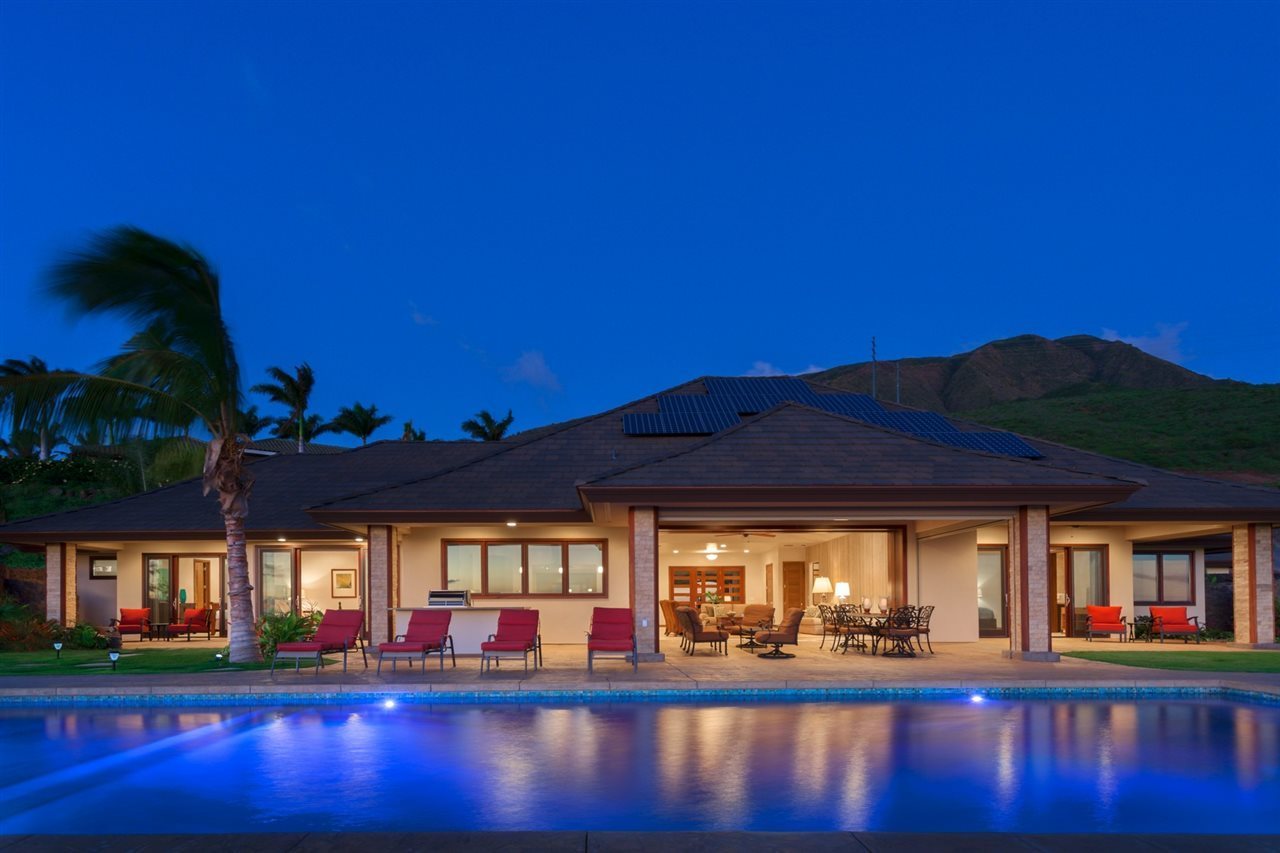
Managing resilience to reverse phase shifts in coral reefs. Graham NAJ, Bellwood DR, Cinner JE, Hughes TP, Norström A V., Nyström M, et al. Coral reefs in crisis: reversing the biotic death spiral. However, a region-wide bleaching event in 2015 had already led to some coral mortality by the time surveys were conducted in late 2015, at which time cover had dropped back to levels recorded in the KHFMA in 2012. Coral cover subsequently stabilized and may have slightly increased from 2012 through early 2015. before meaningful herbivore recovery had occurred. Coral cover declined over the first few years of surveys-from 39.6% (SE 1.4%) in 2008, to 32.9% (SE 0.8%) in 2012, with almost all of that loss occurring by 2010 (1 year after closure), i.e.

It is not yet clear how effective herbivore protection might eventually be for the KHFMA's ultimate goal of coral recovery. Strong evidence that changes in the KHFMA were a consequence of herbivore management are that (i) there were no changes in biomass of unprotected fish families within the KHFMA and that (ii) there were no similar changes in parrotfish or CCA at comparison sites around Maui. Nevertheless, coincident with greater biomass of herbivores within the KHFMA, cover of crustose coralline algae (CCA) has increased from ~2% before closure to ~ 15% in 2015, and macroalgal cover has remained low throughout the monitoring period.

Most of those gains were of small-to-medium sized species, whereas large-bodied species have not recovered, likely due to low levels of poaching on what are preferred fishery targets in Hawaii. Mean parrotfish and surgeonfish biomass both increased within the KHFMA (by 139% and 28% respectively). As part of a multi-agency monitoring effort, we conducted surveys at KHFMA and comparison sites around Maui starting 19 months before closure, and over the six years since implementation of herbivore protection. Within the KHFMA, herbivorous fishes and sea urchins are protected, but other fishing is allowed.
225 punakea loop lahaina hi full#
Users should refer to the original published version of the material for the full abstract.In response to concerns about declining coral cover and recurring macroalgal blooms, in 2009 the State of Hawaii established the Kahekili Herbivore Fisheries Management Area (KHFMA). No warranty is given about the accuracy of the copy. However, users may print, download, or email articles for individual use. Copyright of PLoS ONE is the property of Public Library of Science and its content may not be copied or emailed to multiple sites or posted to a listserv without the copyright holder's express written permission.Coral cover declined over the first few years of surveys–from 39.6% (SE 1.4%) in 2008, to 32.9% (SE 0.8%) in 2012, with almost all of that loss occurring by 2010 (1 year after closure), i.e. It is not yet clear how effective herbivore protection might eventually be for the KHFMA’s ultimate goal of coral recovery.



 0 kommentar(er)
0 kommentar(er)
